Sony FE 12-24mm F2.8 G Master Review
Dustin Abbott
June 16th, 2021
Sony in a very good place in terms of their lens catalogue on full frame mirrorless. They were the first of the major brands to transition to mirrorless, and they’ve had an extra camera generation or two to finetune their process and build their lens catalogue. It seems like now they have really hit their stride, and in the past couple of years we have seen one exceptional lens after another, with standouts including the 24mm F1.4 G Master (perhaps the best 24mm lenses thus far – my review here), the Sony 135mm F1.8 GM (one of the sharpest lenses I’ve ever tested – my review here), the awesome (and compact) 20mm F1.8 G (my review here), the 35mm F1.4 G Master (my review here), and, most recently, the Sony FE 14mm F1.8 (my review here). Each of these has proven to be one of the best (if not the best) lens in its class, and I haven’t even had a chance yet to test the awesome Sony FE 50mm F1.2 GM. Sony has surely laid to rest the antiquated idea that the E-mount is incapable of supporting innovative wide aperture lenses, as it has received some of the very best in recent years. Sony is also ahead of Canon and Nikon in the sense that they’ve already got the basics covered, and that allows them to experiment more at the margins. It’s no accident that the Sony FE 16-35mm F2.8 G Master came years before this most recent lens, as the 16-35mm focal length (or similar) is a tried and tested wide angle zoom range covered by most major lens makers. But what if your tastes run to something more extreme? Enter the Sony FE 12-24mm F2.8 G Master lens, the big, heavy, and expensive extreme wild angle zoom for those that want more. *The photos and tests that I share as a part of my review cycle of the 12-24GM (as we’ll call it for brevity) have all been done with the new Sony Alpha 1 which will serve as my benchmark camera for the foreseeable future (my review here).
For years the defining lens on the Nikon platform (that made all we Canon shooters jealous) was the 14-24mm F2.8 G lens. It combined a very wide angle zoom range with a very wide F2.8 maximum aperture at a time when that just wasn’t being done. Every generation brings more innovation, though, and Sony has gone wider and sharper than the Nikon lens with the 12-24GM. 12mm is EXTREMELY wide on full frame, while 24mm gives you enough zoom to have a very wide variety of options for framing a scene. Here’s a look at the difference between the two extremes:
Composition between 12mm and 24mm is actually radically different, with the wide end posing more challenges in many situations, but the reward is dynamic perspectives on scenes that less extreme lenses cannot match…like this long exposure of a small plane arcing through the big sky.
The truth of the matter is that in many cases 12mm is wider than what is need for landscape use, as landscapes often involved, well, space. In many cases a longer focal length is needed to compress the scene and bring important features or details closer to the audience. But where ultrawide lenses are truly valuable is for real estate or architectural work – interiors – where space is limited. Take a look at this bathroom, for example.
At 12mm (#1), you can easily see the full tub design and pot light above. At 16mm (#2, and where many wide angle zooms start), there is much less in the frame and the space feels smaller. By 24mm (#3), it feels like a very cramped space. The reality is, however, that the 12mm photo is closer to the sense of space and perspective that I got while standing there. That’s the value of having a lens like the 12-24GM, and the ability for someone like a wedding photographer to have that flexibility to capture more of the context of a scene or interior when shooting posed portraits with the couple or bridal party.
So yes, this is more lens than everyone needs, and its more expensive than most want to pay at roughly $3000 USD. But for some photographers, the 12-24mm F2.8 GM will probably become the favorite tool in their bags. To discover more, read on here or you can watch either my long format definitive review or shorter standard video reviews below.
Follow Me @ Patreon | My Newsletter | Instagram | Facebook | DA Merchandise | Flickr | 500px
Thanks to Camera Canada for getting me a loaner of the lens. They are my personal source for my gear and have been great to work with. As always, this is a completely independent review.
Sony 12-24GM Build, Handling, and Features
Developing a lens that goes as wide as 12mm is a challenge in and of itself. Pairing that with a large F2.8 aperture is an additional challenge. Creating a zoom lens with a 2x zoom ratio that starts at 12mm and has an F2.8 aperture is basically unprecedented. Sony describes the 12-24GM as “Ultra-wide angles and large aperture in a small, lightweight zoom“. In an absolute sense, I don’t honestly think that anyone is going to call this lens small or lightweight. But I do take their point in a relative sense. It’s smaller and lighter than, say, the Tamron SP 15-30mm F2.8 VC lens while having a much more dynamic angle of view on the wide end. Canon’s 11-24mm F4L is slightly larger and is heavier by nearly 350g. It is also true that it is a considerably larger and heavier than the 12-24mm F4 G, the 16-35mm GM, or the 14mm F1.8 GM at 97.6 (D) x 137mm (L) and 847g. Here’s a look at a few relevant points of comparison:
Worth noting is that the closest in size and weight of these alternatives is actually the Sigma 14-24mm F2.8 DN (a lens I quite like), though the Sigma has 2mm less on the wide end, which adds up to a whopping 8° difference in the angle of view for the two lenses. The slightly larger size and weight of the Sony lens is certainly justified due to the extra width in the focal range, but there’s no question this is a pretty chunky lens when mounted on the camera.
A typical compromise to allow for such a wide angle of view along with a large maximum aperture is that traditional filters cannot be used. Third party companies often fill that gap to provide filter solutions. I’ll borrow a section from my review of the 14mm F1.8GM as the same filter system works on both lenses…
Sony includes a generic gel filter holder at the back (though they don’t sell any filters themselves). You can purchase or make gel filters, or, if you want a more elegant solution, Haida is already launching a high end rear filter kit that allows you to swap Sony’s filter holder out for their own (it takes about five minutes and literally only involves removing three little screws with the included screwdriver, popping in the Haida filter holder, and then putting the screws back in). Once installed, the Haida filter holder allows you to use higher end glass filters that perform extremely well.
Utilizing their ND filters will allow you to have much more control over exposure with the lens for both video and stills work. I particularly enjoy utilizing ND filters for long exposure work. It can add so much visual interest to slowing rapid movement and giving unique perspective. The first series shows the progression of the shot without an ND filter, then with ND 0.9, 1.2, 1.8, then 3.0 filters (3, 4, 6, & 10 stops), and then there are a couple of fun shots to show what dynamic wide angle shots you can get with this combo.
I had a preproduction kit from Haida, but you can usually find their filter kits like this (including 4 different ND filters) for a price point between $100-$150, depending on the configuration. There are two principle downsides to rear filter kits. The first is that you have to detach the lens to attach filters, which does introduce the possibility of getting dust on the sensor. I’ll also note that the 14GM has a rear glass element right at the end of the lens, so I did find my fingers sometimes brushed the back of the rear element while changing filters. The second downside is that the polarizing is often not part of the equation, as you have no means of rotating a rear filter. The major upsides of rear filter kits is that they are 1) much cheaper than front mounting filter systems, 2) they are MUCH smaller and thus easier to pack along and 3) there’s no risk of introducing additional vignette.
There is a good chance that some third party filter maker will also make a front mounting filter system adapter to utilize square filters for the lens as well. The proliferating filter options these days makes not having screw in filters less of a penalty than it used to be.
I’ll also note that the fixed lens hood requires the front cap to be the type that fits over the lens hood and thus it isn’t nearly as compact for storage.
As noted, though, these limitations are consistent across all such lenses, so I find it hard to knock this lens in particular for what is essentially just a necessary component of designing and developing such a lens.
Sony lenses are (to my tastes) more functional in design than elegant. They have plenty of features (good!), but that lends itself to fairly “busy” designs with a lot going on.
Most GM lenses have featured two rings. In the case of the primes, there’s typically an aperture ring along with the manual focus ring. For the zooms like this one, we’ve got a zoom ring along with the manual focus ring. What stood out to me as I looked at the zoom ring is that there are six focal lengths marked on the zoom range, and each of them (12, 14, 16, 18, 21, and 24mm) are focal lengths that I have bought primes in before. This lens covers literally every major wide angle focal length…and does so at a constant F2.8 aperture.
The lens also sports a focus hold button along with an AF/MF switch.
The 12-24GM has a professional grade of weather sealing, with 11+ total seal points, beginning with a seal at the lens mount, internal seals, and then a fluorine coating on the front element. This is a lens designed for professional use in a wide variety of environmental conditions.
The zoom ring moves smoothly with a moderate amount of damping. It is about three centimeters wide and has nice ribbing. I noted that the front group of elements does move when zooming, though always within the range of the fixed front lens hood. It is furthest forward at the 12mm point and retracts as you zoom towards 24mm.
The manual focus ring is located near the front of the lens and is about two centimeters in diameter. It has a ribbed, rubberized texture, and moves smoothly. The damping is fairly heavy, but in a well damped, accurate kind of way that leads to confidence when manually focusing.. The focus ring is linear and delivers highly repeatable results.
Ultra wide angle lenses are rarely going to fool anyone into thinking they are macro lenses, though the 12-24GM is better than some. It can focus as closely as 28cm (11″) and gives you a usable 0.14x magnification, which seems to be fairly standard for these zoom lenses ending in 24mm. It does utilize a focus system with some floating elements that does allow for good up close performance. I found detail rendering very high and the plane of focus is reasonably flat, too.
I found the results at minimum focus very useful, with nice detail and decent bokeh if the ratio between the subject and the background is favorable.
The aperture iris has nine rounded rounded aperture blades that helps retain a circular aperture shape, though, as usual, the number of situations where you can create many bokeh circles at smaller apertures with a wide angle lens are fairly small. The aperture also produces nice looking sunbursts when stopped down to smaller apertures.
The build and handling of the 12-24GM is, as expected, very good. This is a professional-grade zoom lens that is priced at a level where people have high expectations for the build…and I think the Sony delivers. It’s not a small lens (despite the marketing!!), but it feels and handles as it should.
Sony 12-24mm F2.8 GM Autofocus and Video Performance
Sony has developed a winning autofocus formula in recent GM lenses by utilizing XD (Extreme Dynamic) Linear Motors. They evaluate the amount of torque needed to drive the focusing element(s) and then multiply the number of linear motors needed for fast, quiet focus. This is clearly a very challenging lens with large elements (one extreme aspherical lens at the front of the focus group is the largest of its kind!), and Sony needed more linear motors than typical. The 14mm F1.8 GM got by with 2 linear motors, but the 12-24GM has four (like the 135mm F1.8 GM). That is likely at least part of the expense in the design, though it has paid dividends in the form of autofocus that is fast, utterly quiet, and very accurate.
Focus is in many ways challenged less by a wide angle lens, as very quickly almost everything is in focus, but I was quite pleasantly surprised when a seagull at the beach flew over, and, when I looked up and focused, the 12-24GM instantly and accurately locked focus on the seagull.
I was very impressed by how crisp the shot was considering how little time I had to compose and fire. That tells me that this lens would be a treat for shooting events or for journalistic purposes.
One of the more typical desirable qualities about a wide angle lens, however, is that you can shoot at wider apertures and still get a LOT in focus. In this landscape shot (12mm, F2.8) the focus was more towards the distant shore, yet the foreground rocks are still acceptably in focus.
This helps you at the margins, as you can shoot at wide apertures in low light conditions without raising your ISO values and still get sharp results with a lot in focus.
Autofocus is excellent in general. Focus changes in AF-C are essentially instantaneous. Focus was always perfectly silent, with no discernable sounds. Video focus pulls were perfectly quiet, making the natural environmental sounds seem extra loud!
Focus accuracy when shooting that rare shot where depth of field was shallower was excellent.
This also shows off how you can really draw attention to the foreground with such a wide angle lens, which is one of my favorite things to do with them.
Here’s another narrow shot that shows off good focus and the ability to defocus the background a bit.
Eye AF and face tracking are rendered slightly irrelevant here due to the deep depth of field from the focal length, but it seemed like tracking worked well, as expected.
I can’t imagine why anyone would have anything to complain about in the autofocus department. Everything is excellent. The recent GM lenses have pretty much the best autofocus systems I’ve seen in any lens.
Sony 12-24GM Optical Performance
Designing a lens like this is very complex, so Sony has employed a fairly complicated optical performance with 17 elements in 14 groups. There are three extreme aspherical elements, the first of which is that huge front element that has a greater degree of curvature than what is employed by many lens makers (one of Sony’s breakthroughs that has enable better performance from more compact lenses recently) There is also a regular aspherical lens, two Super ED lenses, along with three extra low dispersion elements. You can see Sony’s optical formula along with the MTF charts from the lens here:
The MTF charts suggest that the lens is extremely sharp in the center and midframe at 12mm, F2.8, with a steep drop-off as you move towards the corners. At F8, the sharpness is outstanding across the frame but with some diminishing contrast towards the edges of the frame. The 24mm MTF shows a similar profile wide open though with a larger “sweet spot” of resolution and a steeper drop-off into the corners. At F8, however, the lens is pretty much perfect. The 12-24GM is certain capable of producing great detail across the frame even on my 50MP Sony Alpha 1 test camera.
Wide angle lenses are frequently guilty of having lateral chromatic aberrations (LaCA) that shows up as green and magenta fringing on either side of contrast transitions near the edge of frame (usually on tree trunks and branches for me!) We can see that there is no problem with LaCA on the 12-24GM, though. The transitions from black to white are not marred by any fringing.
There is typically less room for LoCA (Longitudinal CA) with wide angle lenses, as this aberration presents before and after the plane of focus, and, as we’ve discussed, the plane of focus is typically huge with such a wide angle lens. What chance there might be for LoCA is thwarted by this optical formula, though, and I see little evidence of it either on my chart or in the field. You can see no evidence of fringing along the high contrast transition area on top of the leaf.
How about vignette and distortion? I would expect to see some barrel distortion, and that’s what I see. It’s a bit exaggerated by being so close to the test chart, but there is both a fair quantity of distortion and it is also fairly complex, with quite a wave in the distortion pattern that makes a manual correction difficult. I’ve used a +18 here to correct the distortion. Vignette is also quite heavy, requiring a +71 and moving the midpoint over to zero to correct it.
This points to 3+ stops of corner shading. Obviously the correction profile in camera for JPEG and Video works better than manual correcting to produce a decent end result, and the RAW profile in Adobe produced a significantly cleaner distortion correction than what I could achieve manually.
Moving on to 18mm produces a much, much cleaner distortion pattern, with just a very mild amount of pincushion distortion. I was able to effect a clean manual correction with just a -3, and a +47 and midpoint of zero on the vignette cleared that up nicely. There’s about a stop less vignette at 18mm.
Moving on to 24mm shows a slightly more pronounced pincushion distortion, though it is still nice and linear. A -5 cleared things up nicely. Vignette is lower, too, with just a +29 required to correct it.
So, distortion and vignette are strongest at the most extreme point in the zoom range (hardly surprising!). That might present a problem in architecture or situations with very orderly lines (before correction), but this uncorrected landscape show that the horizon still looks fair straight. It would look different if it were near the edge of the frame, but that would be a rare composition.
So, other than some complex distortion at 12mm, our basic metrics are looking strong. We’ll turn to resolution and contrast and see if my tests confirm the results shown on the MTF charts. Here’s a look at my test chart that the following crops and details will be taken from.
And here are the crops from the center, mid-frame, and corner at 12mm, F2.8:
You can see very good resolution and contrast across the frame. I’m actually a bit happier with the corners than what the MTFs suggest. There’s still good contrast there and, while not as sharp as the center, the performance is quite good. Stopping down to F4 mildly improves sharpness and contrast, with more punch still at F5.6. Here’s a real world shot at 12mm, F5.6:
You can see that the crop that the contrast and detail are beautiful, as are the colors.
At 14mm, I pulled in the Sony 14mm F1.8 G Master (a great lens!) to compare with the 12-24mm F2.8 GM. What I found (surprisingly) is that the zoom lens was sharper everywhere I looked on the frame…and that’s with the prime lens having the advantage of being stopped down 1 1/3rds stop to F2.8 to match the zoom.
That tells you that this is a very, very sharp lens. That’s also true at 16 and 18mm, where the lens remains very sharp across the frame. Here’s F2.8 crops from across my test chart:
Sharpness is a tiny bit reduced at 21mm, though by a percentage point or two, tops. It’s still incredibly sharp even at F2.8.
At 24mm I compared the zoom to the shockingly good new Samyang AF 24mm F1.8 (a lens which wildly exceeded my expectations) and found that while the zoom is good, the Samyang is brilliant (Samyang on the right, both at F2.8):
You’ve heard of zoom lenses that are like having a bag full of primes, and that’s essentially true of the Sony FE 12-24mm F2.8 G Master. It covers basically all the major wide angle focal lengths and delivers a performance near what good primes can deliver at each one of them, like this:
Trying to justify the expense of a lens like this is difficult, but if you are someone who shoots a lot of wide angle work, having a zoom that covers all the focal lengths competently is pretty enticing.
The 12-24GM is equipped with the second generation of Sony’s high end Nano AR coatings, which are brilliantly good. I shot above right into the bright sun at the beach to capture a seagull soaring over a deep blue, wispy sky. Instant magic:
You can see that there is no ghosting are flare artifacts – just great resolution and detail! There is very direct evening sun in this shot, and you really can’t even tell:
Sony always talks up the bokeh of their G Master lenses, and, while a wide angle zoom isn’t really the best place to look for great bokeh, I did feel the quality of the defocused areas was pretty good from the lens.
Conditions proved a little difficult for shooting astro due to the fact that where I live it simply refuses to really get dark this time of year. I finally shot my tests one night at 10:30 PM, and, as you’ll see, there was still a LOT of blue in the sky. What I found was that 12mm the center looks great, but along the edges there is a bit of stretching and elongating of star points:
Moving on into the zoom range does help reduce that stretching, though, with 24mm looking perhaps the best:
It is certainly a useful and interesting lens for astro, however, due to having that great zoom range and large maximum aperture.
If you need extreme wide angle focal lengths in a zoom, the Sony FE 12-24mm F2.8 GM certainly delivers beautiful image quality:
Feel free to check out more images by visiting the image gallery here.
Conclusion
The Sony FE 12-24mm F2.8 G Master delivered a very strong performance in my various areas of testing and also gave me great looking images, though I’m still left with a few minor reservations after my review period. My reservations are less about the reality of the lens (it is excellent) and more about the target audience…particularly since the release of the 14mm F1.8 G Master. This is a $3000 USD lens ($4000 Canadian!), which means that you could purchase both the 14mm F1.8 GM ($1600 USD) and the 24mm F1.4 GM ($1400 USD) for the same money and both lenses combined weigh about the same as the 12-24GM. The counterargument is that the 12-24GM is essentially a bunch of wide angle primes covered in one zoom. My broader point is that you need to be sure you want to go as wide as 12mm, as buying a lens this expensive without that need may not be the best use of your resources. A lens like the Sigma 14-24mm F2.8 DN makes a lot of sense, and costs less than half as much if you don’t actually need to go that wide.
There’s no question that the Sony FE 12-24mm F2.8 G Master is a technical masterpiece. It delivers very strong image quality across an extremely challenging focal range, and I was repeatedly impressed by its ability to consistently deliver the goods regardless of the focal length I chose. It has a great build, excellent autofocus performance, and fantastic optics.
So who is this lens for? Someone with money, obviously. Beyond that, however, there are some landscape photographers that want a toughly made, optically incredible lens and who might utilize 12mm (though my opinion is that in many situations 12mm is too wide for landscapes). I would say an even better audience are those who shoot architecture or interiors (real estate, fashion photography, architecture, or even high end weddings). These are the place where you can really utilize the 12mm range to create dramatic images while then moving to the more moderate focal lengths in the zoom range to reduce distortion and give less extreme perspectives. An extremely wide angle lens is a lot of fun if you learn how to use it well, because, if you don’t, you’ll end up with a lot of boring, empty feeling images. This is too much lens for casual photographers, and many landscape photographers could get by with a less extreme focal range. But if you are one of the people that know how to use extreme rectilinear lenses well, then you can buy the Sony FE 12-24mm F2.8 G Master knowing that, for now, this is the best lens of its kind.
Pros:
- First full frame lens to combine this wide of an angle of view with this large of an aperture
- High grade of build
- Quality weather sealing
- Good features and general handling
- Fast, quiet, and accurate autofocus
- Excellent wide open sharpness across the frame and across the zoom range
- Low chromatic aberrations
- Amazing flare resistance
- Sunburst is nice
- Color rendition is fabulous
- Fairly good handling of coma
- Has essentially all of the key wide angle focal ranges in this zoom
Cons:
- Fairly large and heavy
- Can’t use traditional filters
- Very expensive
Gear Used:
Purchase the Sony 12-24mm F2.8 GM @ B&H Photo | Amazon | Camera Canada | Amazon Canada | Amazon UK | Amazon Germany
Purchase the Sony 14mm F1.8 GM @ B&H Photo | Amazon | Camera Canada | Amazon Canada | Amazon UK | Amazon Germany | Ebay
Purchase the Haida Rear Filter System Kit @ B&H Photo or Amazon
Purchase the Sony 35mm F1.4 GM @ B&H Photo | Amazon | Camera Canada | Amazon Canada | Amazon UK | Amazon Germany | Ebay
Purchase the Sony Alpha 1 @ Camera Canada | B&H Photo | Amazon | Amazon Canada | Amazon UK | Amazon Germany | Ebay
Purchase a Sony a9M2 @ B&H Photo | Amazon | Camera Canada | Amazon Canada | Amazon UK | Amazon Germany | Ebay
Sony a9 Camera: B&H Photo | Amazon | Camera Canada | Amazon Canada | Amazon UK | Amazon Germany | Ebay
Sony a7RIV Camera: B&H Photo | Amazon | Camera Canada | Amazon Canada | Amazon UK | Amazon Germany | Ebay
Buy DA Merchandise https://bit.ly/TWIMerch
Purchase a Sony a7C @ B&H Photo | Amazon | Camera Canada | Amazon Canada | Amazon UK | Amazon Germany | Ebay
Peak Design Leash Strap: Peak Design Store | B&H Photo | Amazon | Amazon Canada | Amazon UK
Adobe Photoshop Creative Cloud 1-Year Subscription
Exposure Software X6 (Use Code “dustinabbott” to get 10% anything and everything)
Visit Dustin’s Amazon Storefront and see his favorite gear

Purchasing your gear through B&H and these links helps fund this website and keeps the articles coming. You can also make a donation here if you would like. Visit my Amazon page for some of my gear of choice! Thank you for your support.
Great News! I can now offer a 5% discount on all purchases at Amplis Foto, Canada’s Leading Photographic Supplier. Please enter discount code: AMPLIS52018DA in your cart. It is good for everything in your cart, and is stackable with other coupons, too! It will take 5% off your entire order! Proceeds go towards keeping this site going and providing you with new reviews!
Check me out on: My Patreon | Sign Up for My Newsletter | Instagram | Facebook | Twitter | Flickr | 500px | Google+ |
Keywords: Sony 12-24mm, Sony 12-24 GM, Sony 12-24mm GM, Sony 12-24 F2.8, Sony 12-24mm F2.8 G Master, Sigma 14-24mm F2.8 DN, Sony 14 F1.8 GM, F2.8, 12-24, 12-24mm, GM, G Master, Sony 14mm F1.8 G Master, Review, Sony 12-24mm F2.8 Review, Wide Angle, G Master, GM, Review, Sony, Review, Hands On, Dustin Abbott, Real World, Comparison, Sharpness, Bokeh, Flare Resistance, Autofocus, Image Quality, Sample Images, Video, Photography, Sony a9, sony a7III, sony a7RIV, a7R3, Sony Alpha 1, Sony A1
DISCLAIMER: This article and description contains affiliate links, which means that if you click on one of the product links, I’ll receive a small commission. As an Amazon Associate I earn from qualifying purchases.













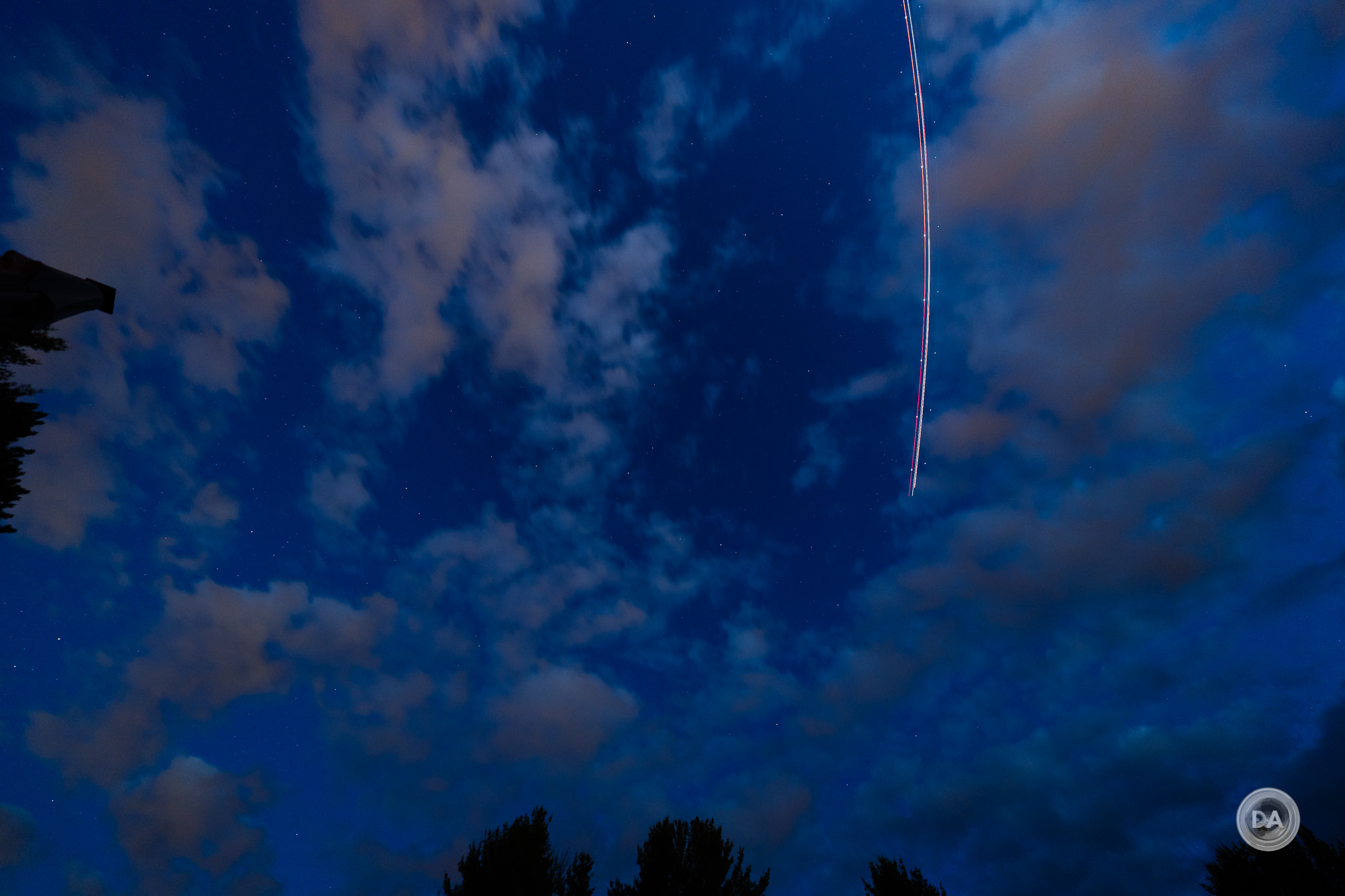
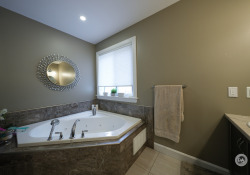
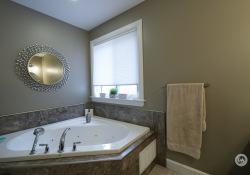
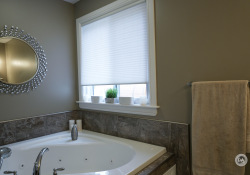

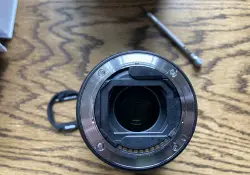
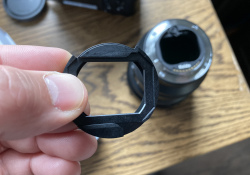


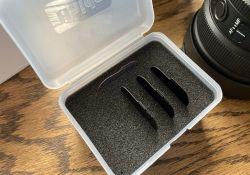





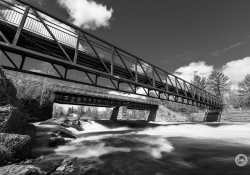
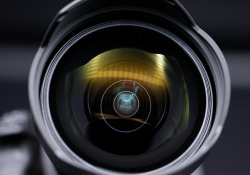

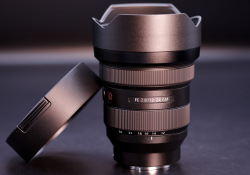
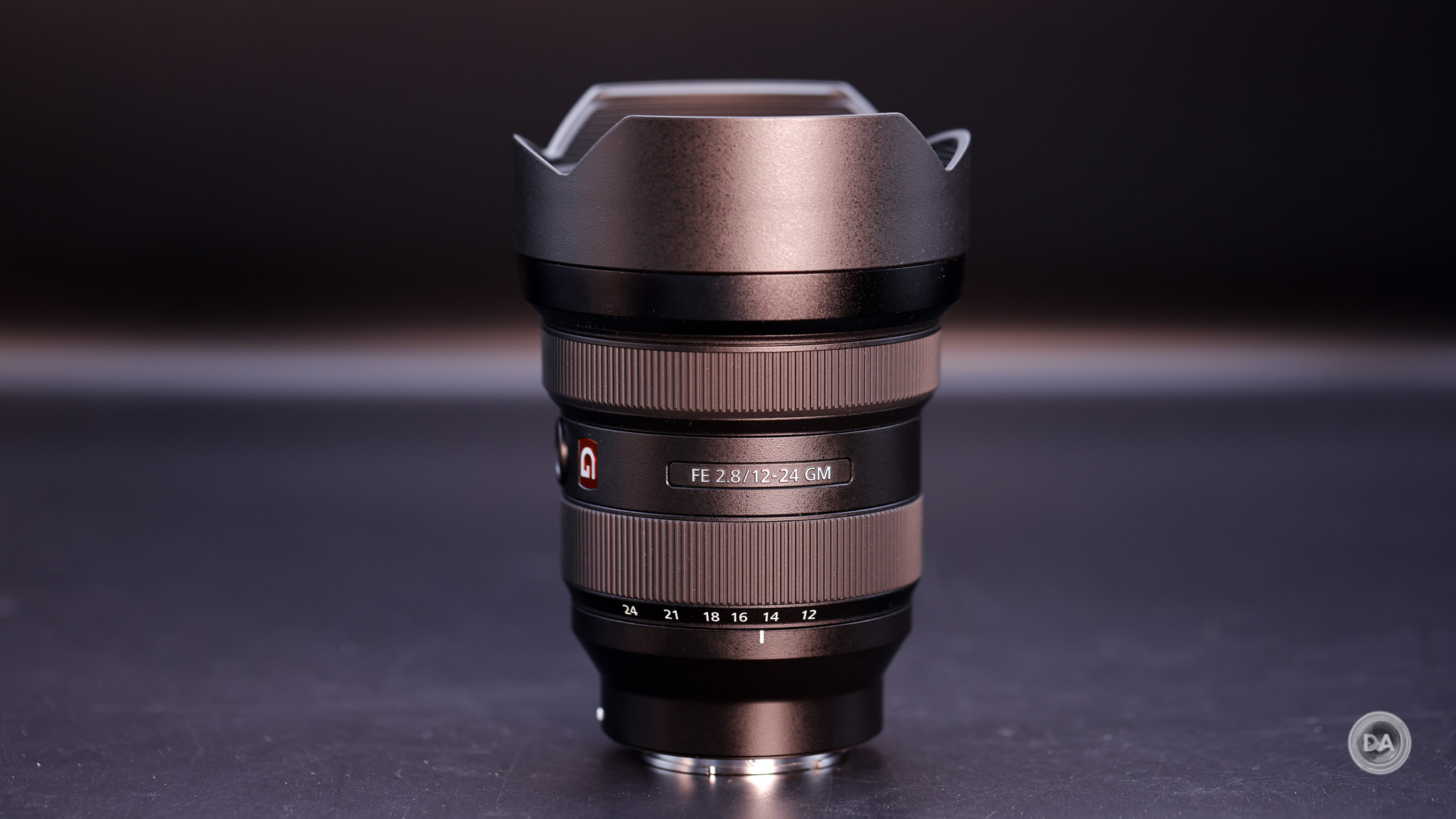
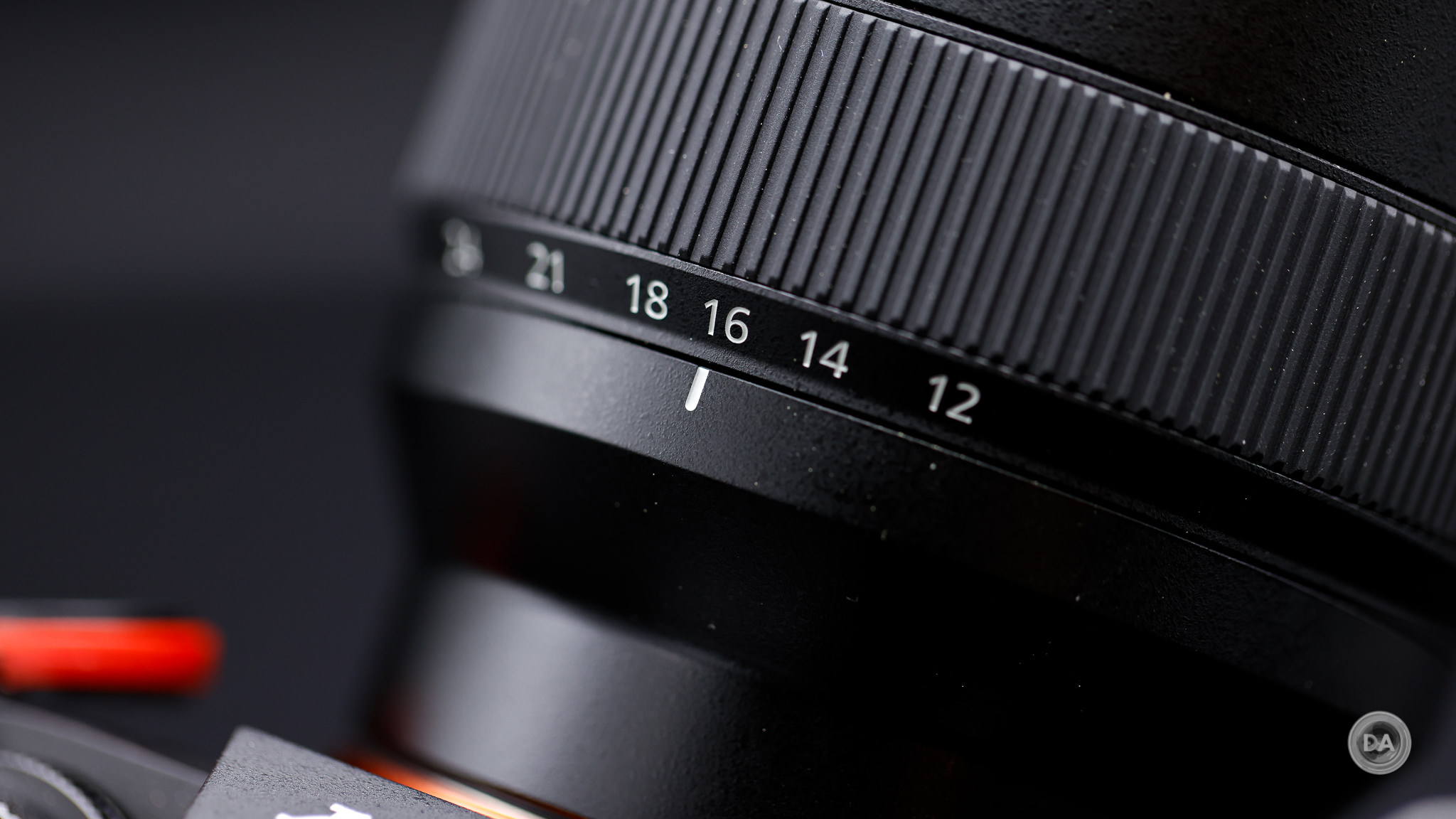
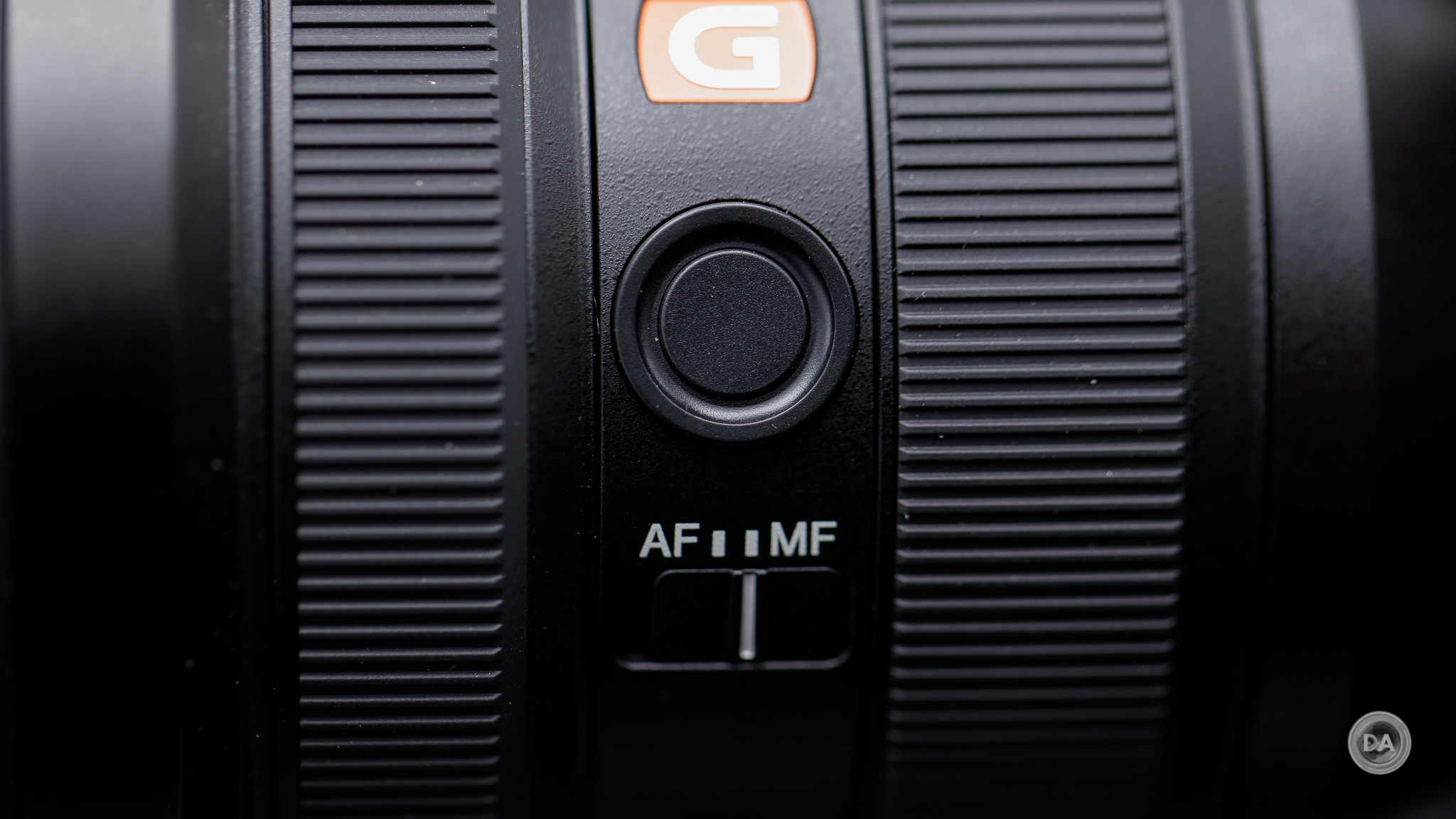
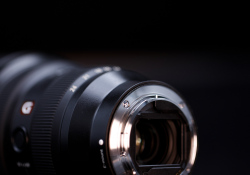



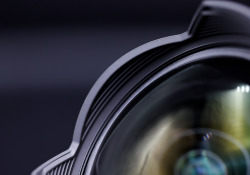






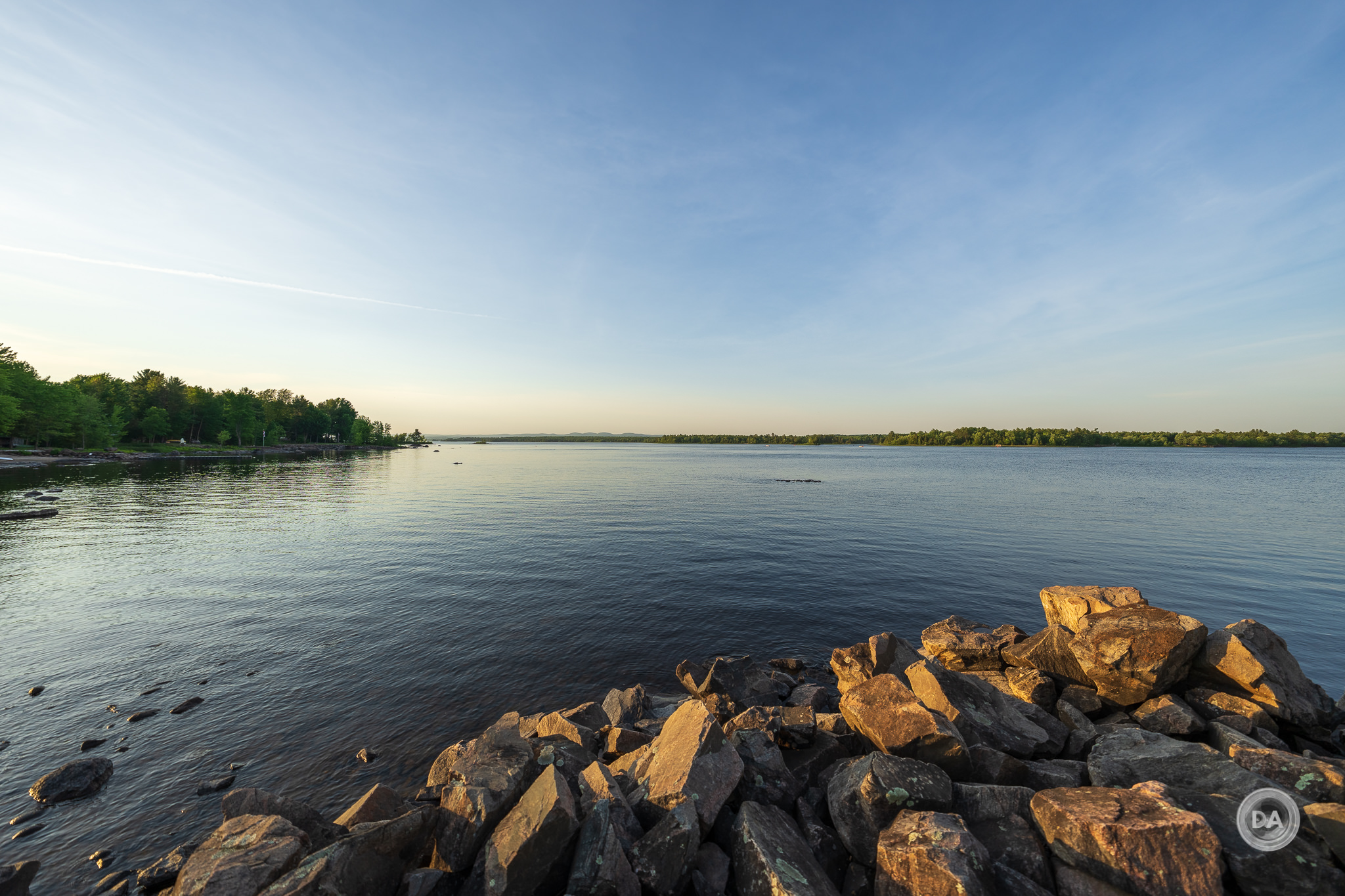


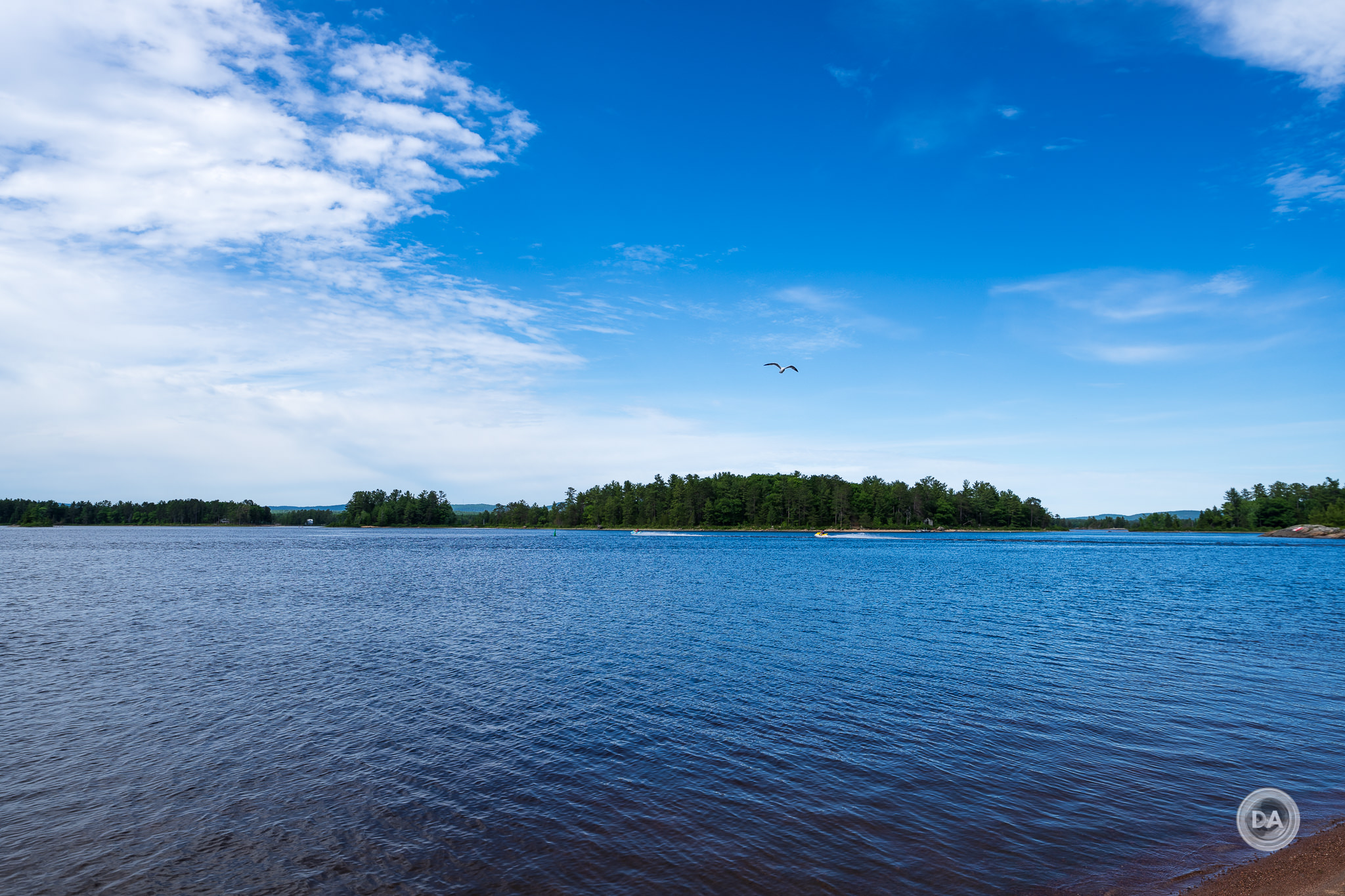



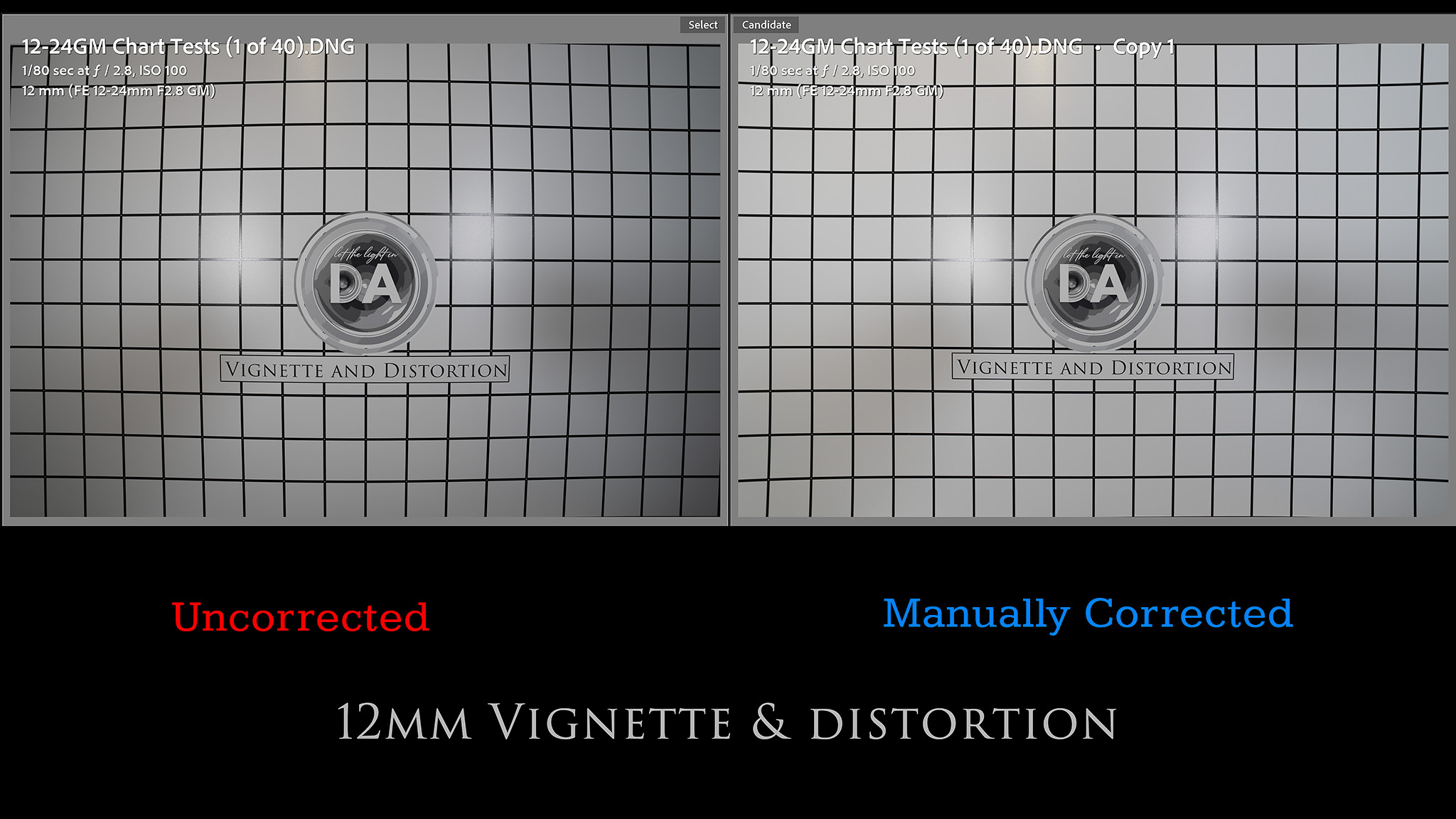



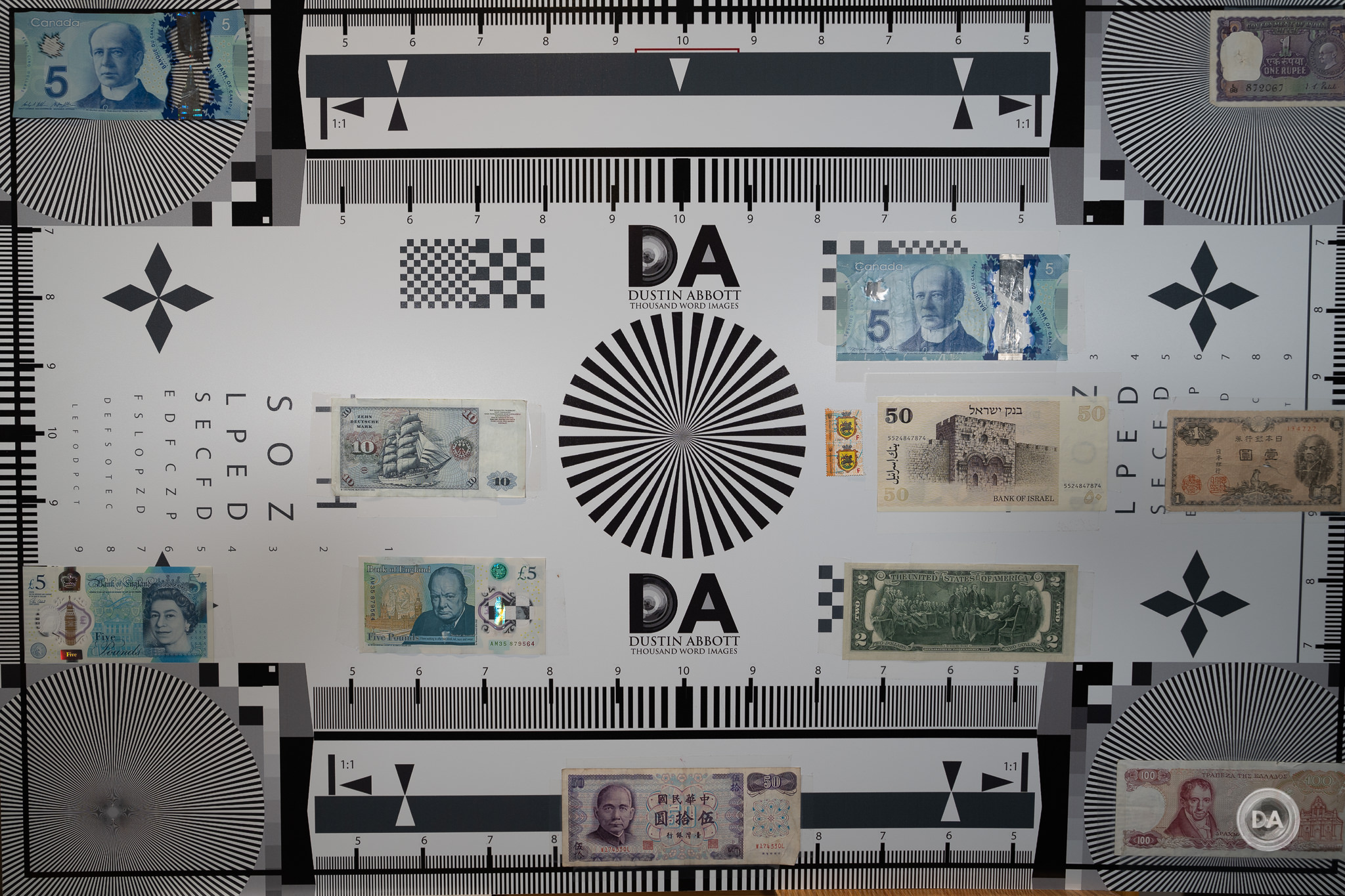









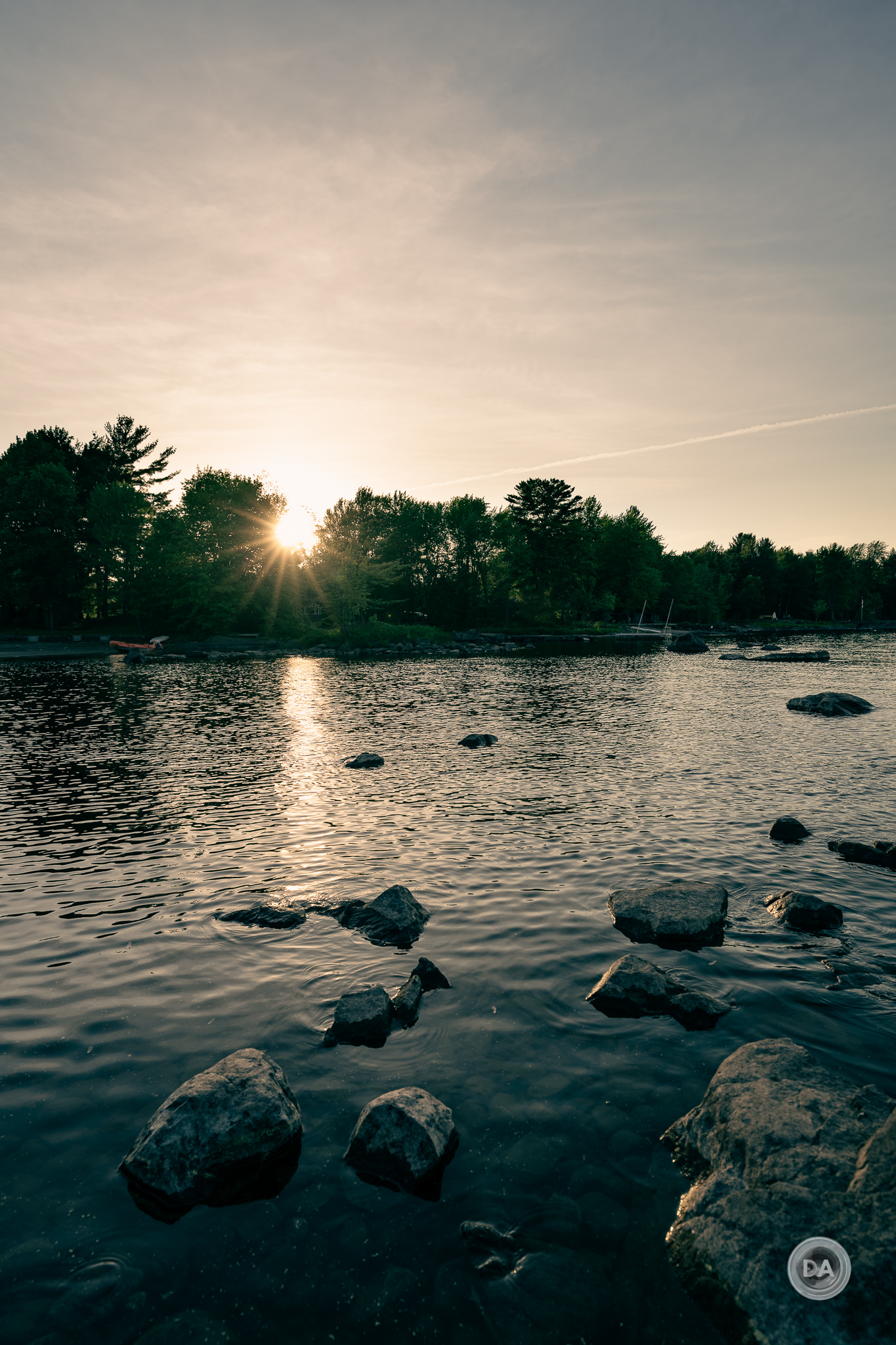






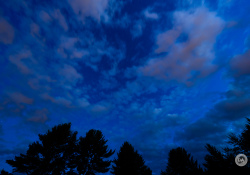





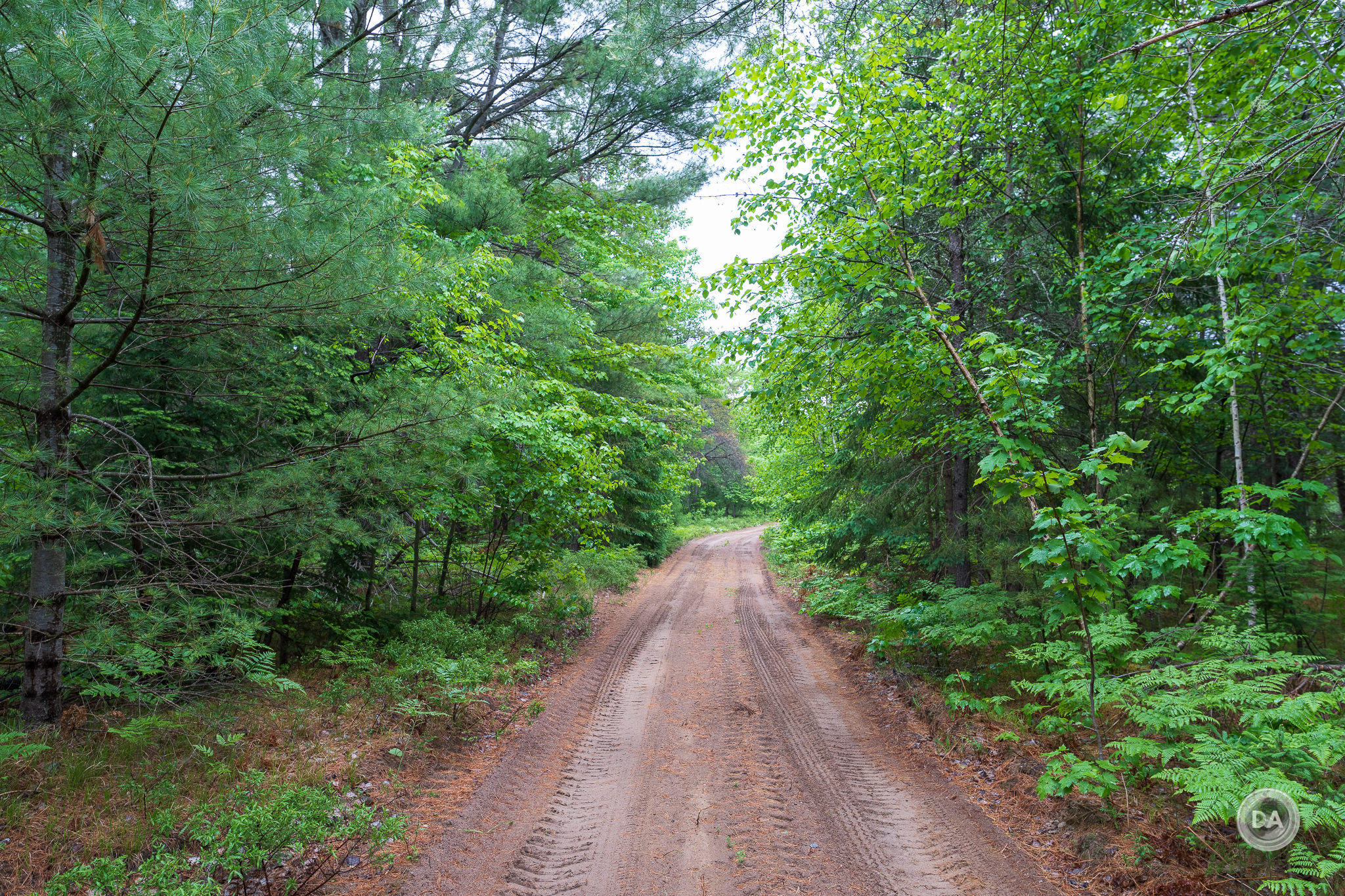

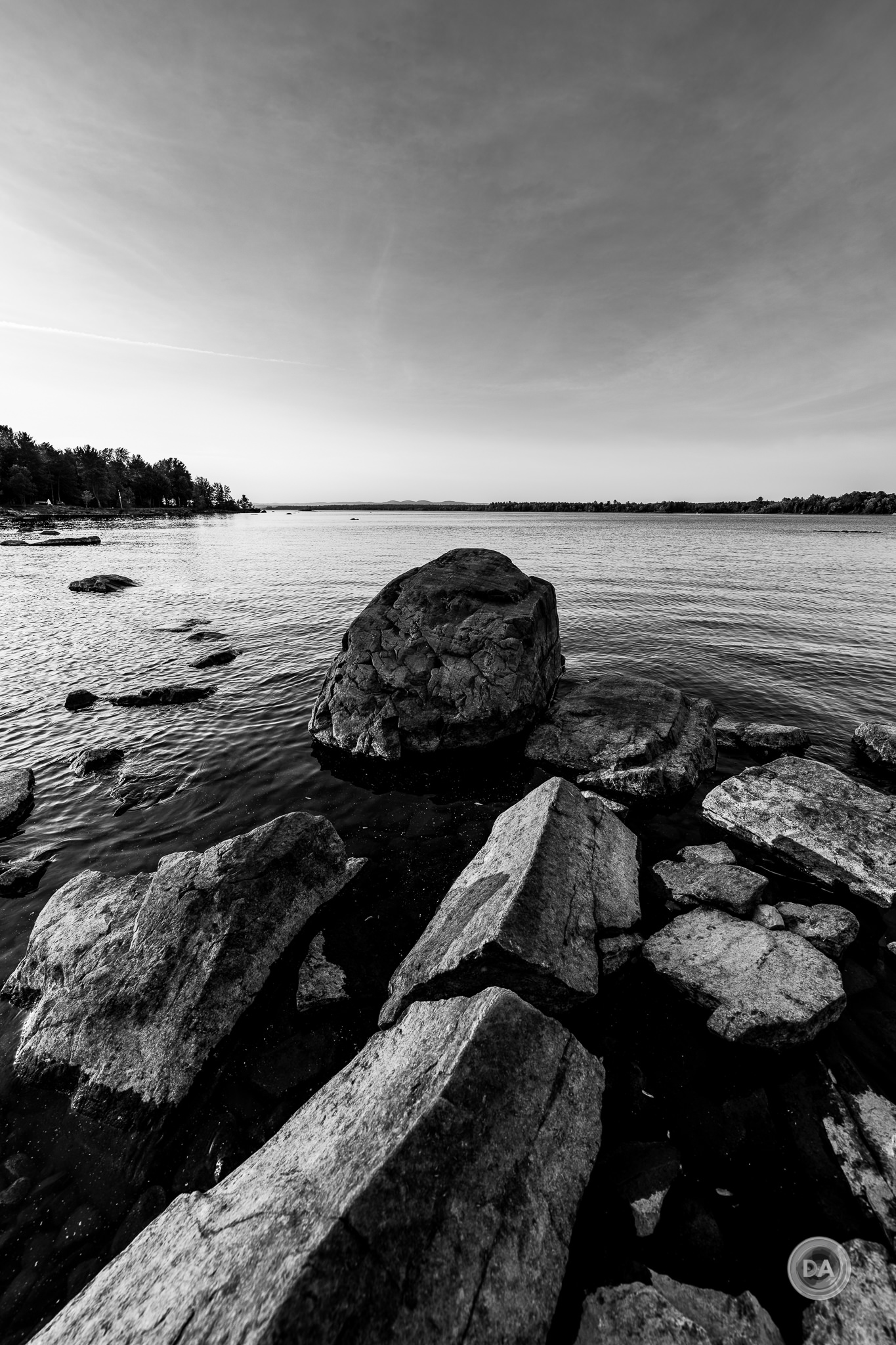



 GOOVIS ART Head Mounted Display Review
GOOVIS ART Head Mounted Display Review 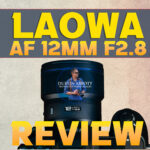 Laowa AF 12mm F2.8 Zero D Review (Z-Mount)
Laowa AF 12mm F2.8 Zero D Review (Z-Mount)  Nikkor Z 35mm F1.2 S Review
Nikkor Z 35mm F1.2 S Review  Kase AF 85mm F1.4 Review
Kase AF 85mm F1.4 Review 


